Comet Of A Decade To Pass By Earth For First Time In 4.5 Billion Years
Every year (or every night, really), we're blessed with special sights in our night skies. From mystical comets to planets shifting into a spot our eyes can reach, or just the beauty of the ever-present stars, a look up at the sky after the sun sets can be full of so much wonder.
That wonder is set to continue next year as we'll be welcoming the passage of a rare comet that hasn't been seen since the dawn of our solar system.
Our night skies are able to contain so much beauty, but did you know they also contain answers? By looking to the stars, you can find out how to unlock your true path by tapping into universal wisdom.
Use this link to claim your free astrology reading to learn about your true potential and the (many!) astral energies that have been guiding you since the day you were born…
Back, Back, Back Again
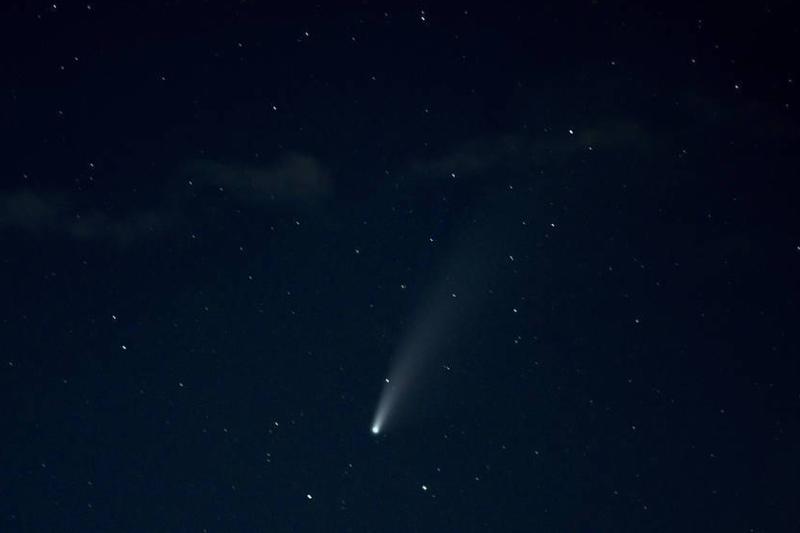
After a long trip away, an ancient comet is scheduled to whizz by Earth again for the first time in 4.5 billion years.
C/2023 A3 is a bright, newly discovered comet that could be the "comet of a decade," according to Peter Veres, an astronomer at the Harvard-Smithsonian Center for Astrophysics.
Naked-eye comets are generally pretty rare, occurring on average once every two years, but this one's last passage is calculated to have happened roughly when our solar system was finishing forming.
Eyes To The Sky
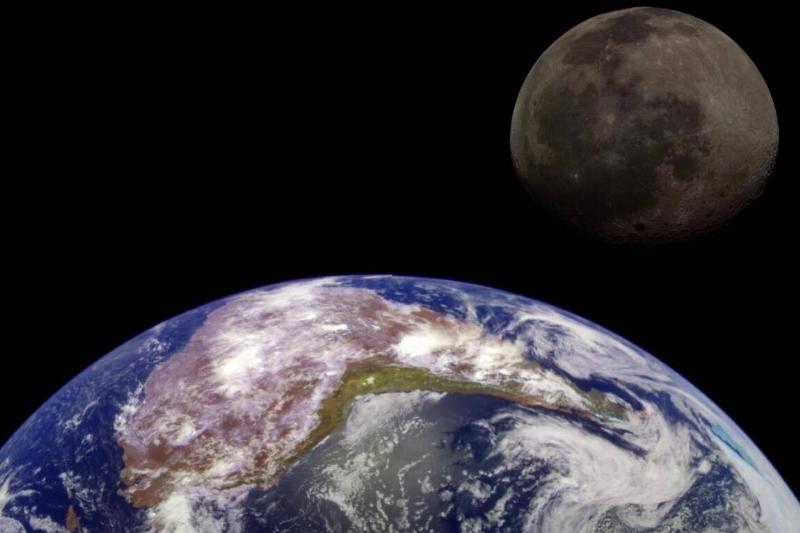
And yes, it will pass close enough to be visible but not close enough that it's a danger, Veres assured.
"Comet C/2023 A3 is no threat to Earth," he said. "We know the comet's orbit well. The orbit is becoming better and better with more and more astrometric observations incoming to our center - the [Minor Planet Center]."
The closest C/2023 A3 will come is still 43.5 million miles, or 70 million kilometers, away from Earth. It's predicted to pass us on October 12th, 2024.
Just A Block Away
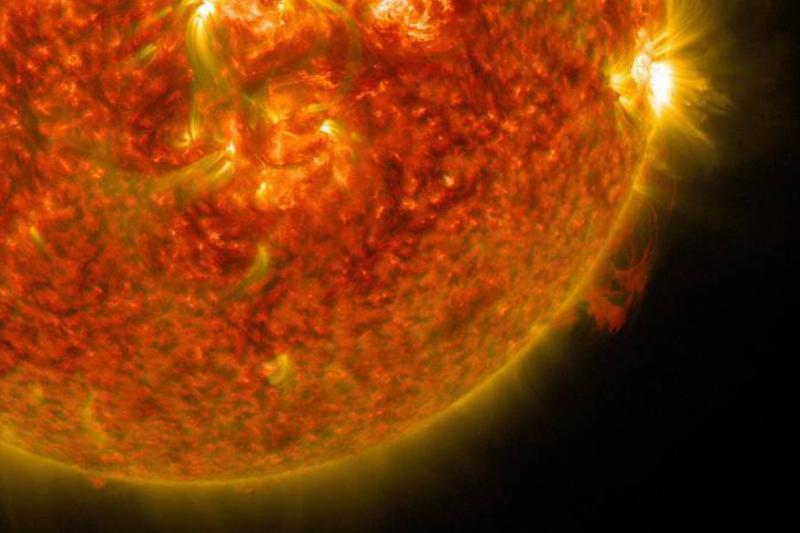
The comet is currently traveling at about 35,120 miles per hour, and it's only getting faster as it hurtles through space.
"At the closest point to the sun, at the perihelion, it will be moving at 67 km/s (149,900 mph)," Veres explained. "Comets on parabolic orbits are very fast in comparison to the planets or asteroids with orbits of near-circular or mildly elliptical shapes."
Though it still seems impossibly far away, the comet has already entered our solar system, which is how we know it's on a fast track towards Earth.
Melting Away
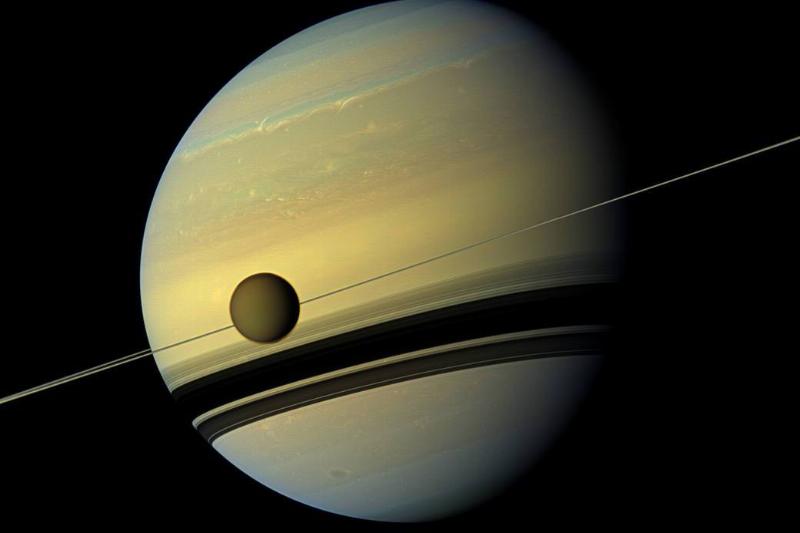
Right now, C/2023 A3 is traveling between Jupiter and Saturn, and it's only visible via the use of larger, extremely powerful telescopes. Even then, the comet itself is not yet able to be seen. Researchers only know it's there thanks to its coma—the nebulous aura surrounding the comet's center—creating a 'light' so to speak, that's visible to the human eye.
Once it moves closer to our sun, the ice surrounding the comet's surface that's helping obscure it from view will further melt, thus rendering the inside much more discernable.
False Alarm
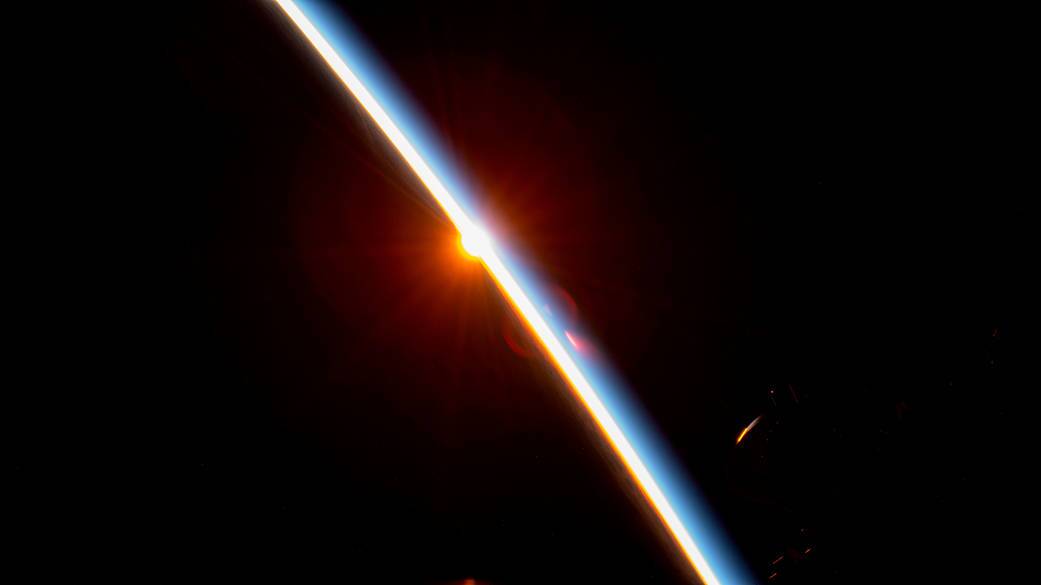
"We don't know for sure if it would survive its close approach to the sun," Veres said. "And if it does, it may be either disappointing or surprising -- if its cometary activity becomes hyperactive."
The comet was first discovered on January 9th of this year, with the initial observations having come from the Purple Mountain Observatory in China.
"However, nobody else was able to observe the object on the following nights, thus, it was removed from the confirmation page."
A Second Opinion
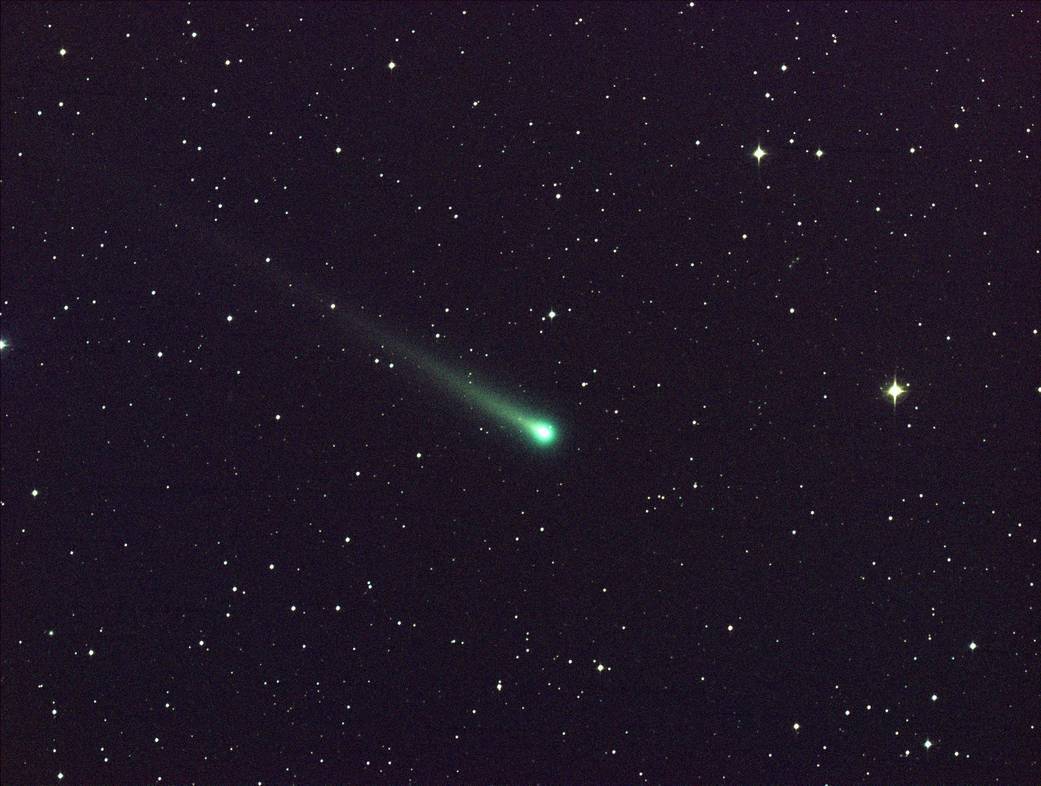
Then, two weeks later, on January 22nd, the NASA-funded ATLAS South Africa telescope reported seeing the very same comet, thinking it was a separate observation.
It wasn't until then that others began noticing it as well, finally confirming Purple Mountain's original discovery.
"This time, there was a lot of follow-up from many telescopes and thus MPC was able to compute its orbit. The orbit was parabolic and highly inclined to the ecliptic, thus everything pointed out to the fact this might be a comet," Veres said.
Time To Prepare

The International Astronomical Union eventually decided to grant the comet the full name of C/2023 A3 (Tsuchinshan–ATLAS), giving equal credit to both Purple Mountain and ATLAS, with MPC announcing its orbit path.
Veres and other astronomers have all confirmed that this comet is roughly as old as our own solar system, having been thrown our way right when we ourselves were thrown into the Oort Cloud in which we reside.
"It will be the closest to the Sun late in September 2024, two weeks later, it will reach its closest point to the Earth."
Similar Differences
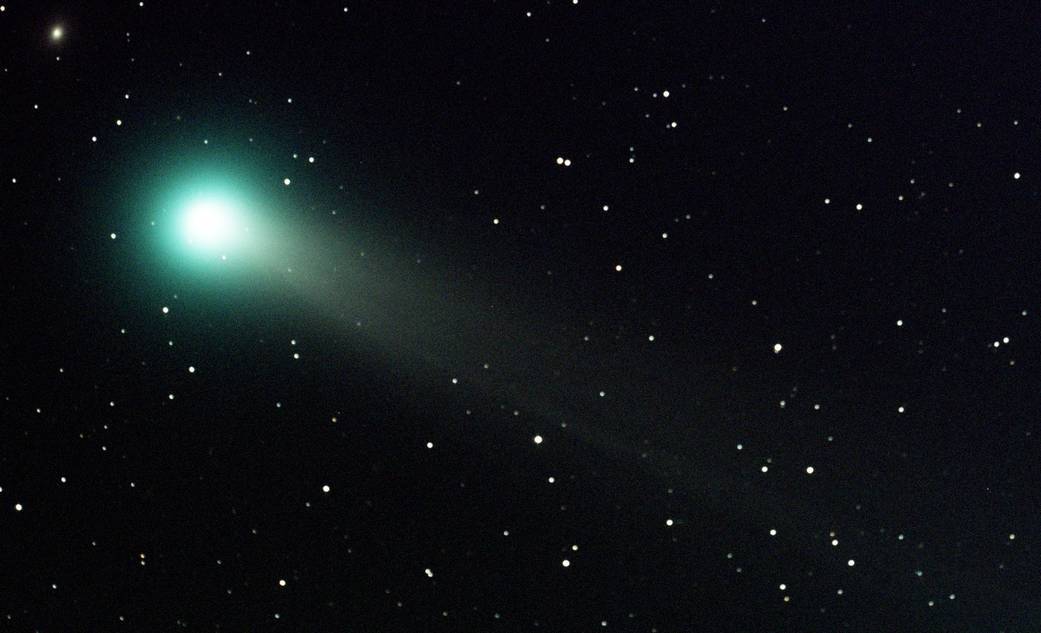
Many have compared it to the recent green comet that passed by Earth in January of 2023, C/2022 E3. This one was also visible by those with telescopes, even binoculars were able to capture it, but Veres says they're different bodies entirely.
Both came from the Oort Cloud and approached our solar system at roughly the same parabolic and highly inclined orbits, but C/2023 A3 is much larger than the green comet.
Details may change between now and this new comet's projected drive-by of Earth, but Veres says that's to be expected. "Comets are unpredictable, and this can't be more true for the comet that is being seen for the first time."
Comets are similar to our own lives in that way, as they're capable of changing things up at a moment's notice. You can prepare for these changes by getting a personalized astrological report, pulling wisdom right down from the stars.
Understand your purpose and your potential so that you can take control of your emotions, your life, and your future by clicking HERE.





